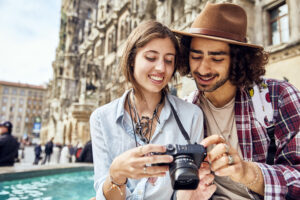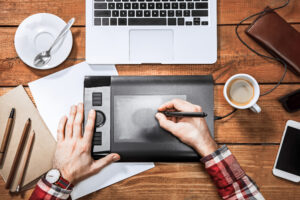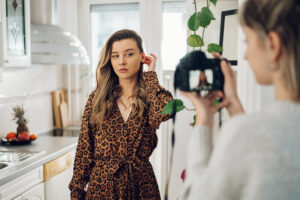How to Shoot Fireworks?
 |
| ©2013 Chathura Jayasinghe Photography. Fireworks at Kensington Metro Park, Milford MI, on June 15, 2013 |
For the first week, there were some firework photos posted on to the group. After providing feedback to those images, I thought, it will be nice to discuss about how to photograph fireworks properly.
First, let’s assess shooting conditions of a typical firework session. Almost all firework displays take place after sunset, which means you have to shoot in low light. When shooting in low light, you have to adjust your camera settings in order to compensate for that. To do so, if you have a DSLR or a point-and-shoot camera with manual controls, there are three settings that you can change—aperture, shutter speed, and ISO (called as exposure triangle). If you shoot with a camera phone or a point-and-shoot camera that has no manual controls, you might want to go to your shooting modes and select one of low light shooting modes. (Refer to your camera manual to find out how to do this).
 |
Aperture is a hole in lenses that allows light to pass through and hit the camera sensor (film on SLR cameras), in order to create a photograph. By changing aperture value, you can change the amount of light entering into your camera. Wide-open apertures, such as f/1.4, f/2.8, f/4, etc., let more light come into the camera than small apertures such as f/16, f/22, f/32, etc., When you shoot in low light conditions, you might want to select a wide-open aperture, in order to let more light coming in. When you do that though, another thing happens—wide-open apertures create a shallow depth of field (less area in focus). Generally, people shoot fireworks from far away and use wide angle lenses to capture the whole scene. Along with aperture settings, distance from your subject to your camera and focal length also have an impact on the area in focus. When you shoot far away from your subject you can achieve a deeper depth of field from a particular aperture than you shoot closer with the same aperture value. When you use wide angle lenses, you can achieve a deeper depth of field from a particular aperture than you shoot with a telephoto lens. Due to above explained factors, you can safely use wide open apertures such as f/2.8, f/4, or f/5.6 in combination with a wide angle lens to photograph fireworks. However, it is a creative decision of you as a photographer.
 |
Shutter speed is the control that tells the camera how long the shutter curtains need to be opened in order to make an image. At higher shutter speeds (such as 1/8000, 1/4000, 1/1000, etc.,) you let less light coming in, compared to slower shutter speeds (such as 1/10, 1 second, 30 seconds, etc.,). Therefore, when you shoot in low light conditions, you will have to use slower shutter speeds. Especially when you shoot fireworks, it is necessary to use slower shutter speeds (sometimes several seconds) in order to allow few firework patterns to be recorded in one frame.
Using ISO, you can control the sensitivity of your image sensor to the light. Higher the ISO, more sensitive the sensor becomes to the light. However, when you increase the ISO, there’s a risk of introducing digital noise into your images. Even though there are modern digital cameras with extreme high ISO capabilities, in order to achieve clean images as possible, I recommend shooting at lowest ISO possible (such as ISO100, ISO200, ISO400, etc.,).
As a summary, when you shoot fireworks:
- You can use aperture values such as f/4, f/5.6, up to about f/8. Remember, this is not a must–it is a creative decision of yours. Do not hesitate to try small aperture values so that you can include foreground and background elements in your photos.
- Try to use shutter speeds slower than 1 second so that you can record multiple fireworks in one frame.
- Try to use lowest ISO possible such as ISO100 or ISO 200.
 |
There are two other accessories that you need to have in order to shoot fireworks properly. Those are a tripod and a shutter release cable. When you shoot at very slow shutter speeds, it is impossible to make sharper images by hand holding the camera. Therefore, a tripod is necessary unless you have an alternative way to stabilize your camera. Also, while shooting, it is very helpful if you can keep your hands away from the camera as much as possible, because even a tiniest movement can result you softer images. A shutter release cable is the perfect solution for this.
When you understand these concepts, the rest is up to you. Let your creative juices flow. Try different settings, try different angles, and make stunning firework photos. Happy shooting!





Thank you for all of your helpful tips in your blog. I really appreciate them.